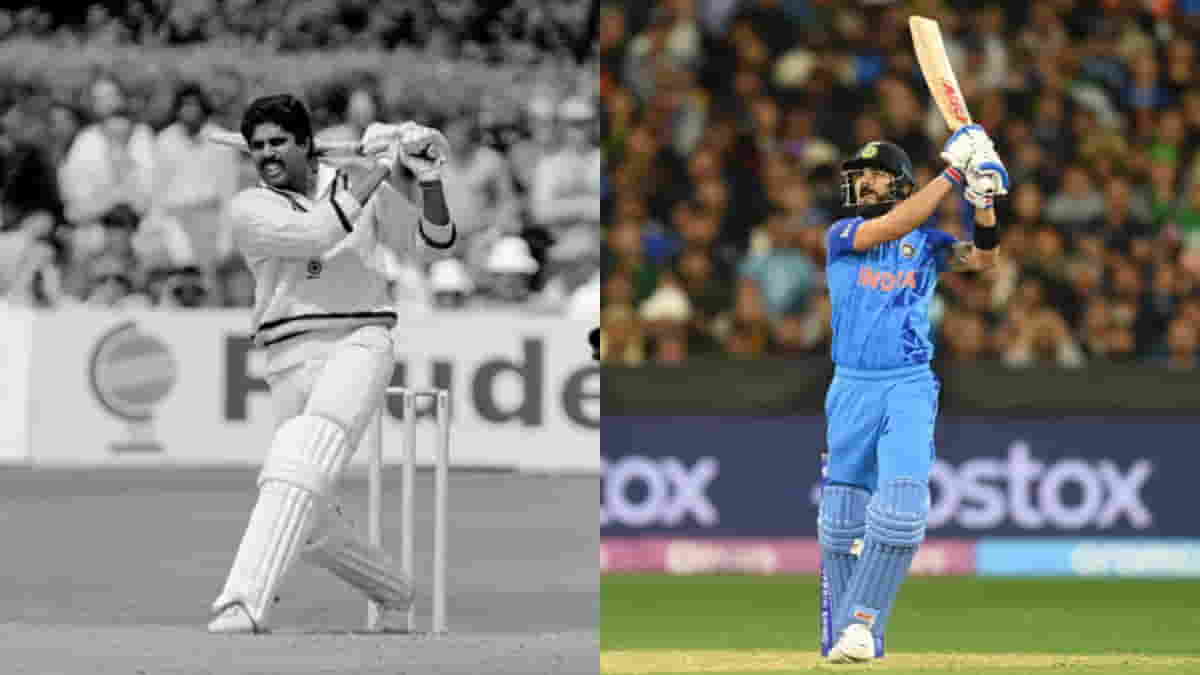
The history of cricket can be traced back to the late 16th century, originating in the enchanting landscapes of south-east England. Throughout the 18th century, it gained popularity and eventually spread internationally in the 19th and 20th centuries. The competition expanded globally, and official Test cricket matches are believed to have commenced in 1877. Today, it stands as the second most popular spectator sport worldwide, right after association football.
Origins of Cricket
The origins of cricket can be attributed to the resourceful children living in the Weald, a region abundant with dense woodlands and open spaces, spanning across Kent and Sussex in southeast England. Historical records indicate the earliest mention of cricket in the latter part of the 16th century. It is widely accepted that cricket was initially enjoyed by children for several generations before captivating adults in the early 17th century.
The evolution of cricket from its roots might have occurred when bowlers aimed to challenge batsmen by diverting the ball from its target, possibly transforming the game from a variation of bowls. In its early days, cricket was played on sheep-grazed grounds or clearings, with rudimentary equipment such as a ball made from a matted lump of sheep’s wool, a bat fashioned from a stick or agricultural implement, and a wicket formed by a stool, tree stump, or a gate.
The Globalization Of Cricket
In 1844, history witnessed the first-ever international sporting event when British Canada and the USA engaged in a three-day cricket match. The match took place between September 24 and September 26 on Broadway in Manhattan, USA, attracting a large crowd of enthusiastic spectators. The inaugural cricket-playing nations recognized in 1877 were England and Australia.
Evolution of Cricket Equipment
The early cricket bats resembled hockey sticks, with their thin blades and hooked ends, but gradually transitioned away from this design during the early 17th century. With the advent of round-arm bowling, curved-end bats were phased out and replaced with more contemporary models.
As the 20th century unfolded, cricket underwent significant transformations. The first Test match between Australia and England took place in 1877, marking the beginning of cricket’s international expansion. Over the years, several nations such as Pakistan, South Africa, India, and New Zealand joined the cricketing family, altering the landscape of the game. This period also witnessed the debut of many extraordinary fast bowlers and batters.
The development of cricket bats also evolved with the changing nature of the game. In the early days, there were no specific regulations concerning the depth or weight of a cricket bat, focusing solely on its length and width. Great batsmen like Australia’s Don Bradman and England’s Jack Hobbs emerged during the 1920s and 1930s, wielding relatively light bats compared to modern times. However, with the introduction of T20 cricket, bats have become significantly heavier, some weighing up to 3.2 pounds, leading to concerns raised by the International Cricket Council regarding their depth and edges.
With advancements in cricketing equipment, grounds, and training methods, the game has become considerably less arduous than it was in the past. Players in bygone eras had to endure extreme weather conditions and inadequate equipment, but cricket has evolved, and today, the sport has reached new heights of excellence.
Also Read: History And Evolution Of Cricket Balls: From The 18th Century To Today
“Get more breaking news, cricket updates, fixtures, and trending news only on cricfiles.com. Follow us on Facebook or Twitter and Subscribe to our YouTube Channel today.”




